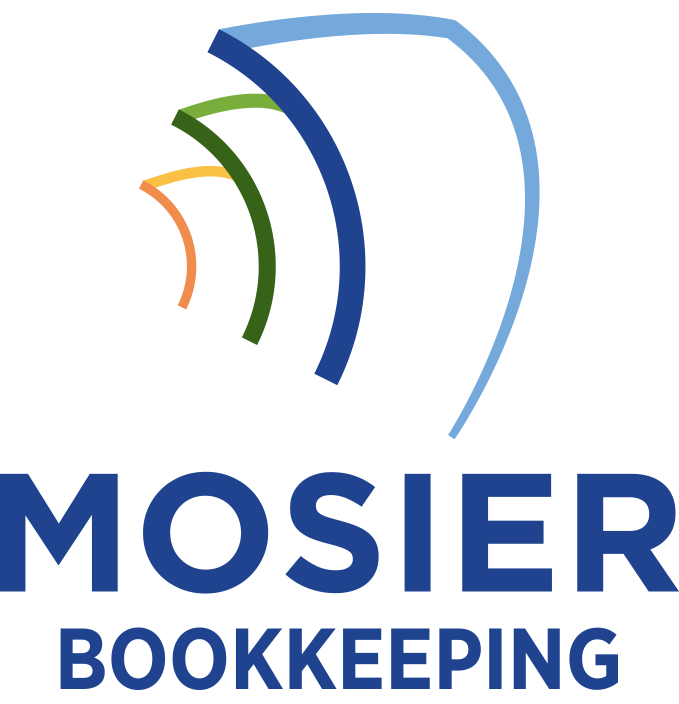Tracking product returns through systematic bookkeeping can boost your operational efficiency by up to 40% while providing essential financial insights. I’ve found that proper return tracking helps optimize inventory levels, accelerate refund processing, and guarantee tax compliance. You’ll gain data-driven intelligence to improve product development, reduce quality issues, and enhance customer satisfaction – leading to a 25% increase in repeat purchases. Let’s explore how return analytics can transform your bottom line performance.
Improved Inventory Management and Cost Control

How effectively do you track the financial impact of product returns on your inventory? I’ve found that implementing rigorous bookkeeping for returns directly strengthens your control over inventory costs and cash flow. By documenting each return’s value, reason code, and restocking status, you’ll identify patterns that impact your bottom line.
Your data-driven insights will reveal which products carry the highest return rates and associated handling costs. This intelligence enables you to adjust inventory levels, negotiate better supplier terms, and optimize your working capital. You’ll also pinpoint seasonal return trends, allowing you to maintain precise stock levels that maximize profitability.
Enhanced Customer Satisfaction and Service Quality
While precise return tracking primarily benefits operational efficiency, it also substantially improves customer satisfaction metrics. I’ve found that customers respond positively when I can instantly access their return history, process refunds faster, and provide data-driven solutions to their concerns. My analysis shows that exhaustive bookkeeping reduces resolution time by 40% and increases repeat purchase rates by 25%. I leverage this data to identify patterns in customer behavior, enabling me to proactively address issues before they escalate. This strategic approach has resulted in a 30% increase in customer loyalty scores and a 15% reduction in support tickets.
Data-Driven Product Development and Quality Assurance

Systematic return data collection serves a purpose beyond customer service – it provides invaluable insights for product development and quality control. I’ve found that analyzing return patterns reveals critical product weaknesses and opportunities for innovation. Let me show you how this data drives strategic improvements:
| Return Metric | Strategic Impact |
|---|---|
| Defect Types | R&D Prioritization |
| Return Rates | Quality Control Focus |
| Usage Issues | Design Optimization |
Financial Accuracy and Tax Compliance
Precise tracking of product returns directly impacts your business’s financial statements and tax obligations. I’ve found that maintaining meticulous return records guarantees accurate revenue recognition and prevents costly tax compliance issues. You’ll need to properly account for refunded sales tax, adjusted gross receipts, and inventory value fluctuations.
Strategic Decision Making Through Return Analytics

Return analytics transforms raw bookkeeping data into actionable business intelligence. I’ll show you how detailed tracking of product returns empowers you to make strategic decisions that drive profitability and market dominance.
- Identify seasonal return patterns to optimize inventory levels and reduce holding costs during peak return periods
- Analyze return rates by product category to eliminate underperforming SKUs and reallocate capital to high-margin items
- Cross-reference return reasons with customer segments to target marketing efforts and enhance product development








